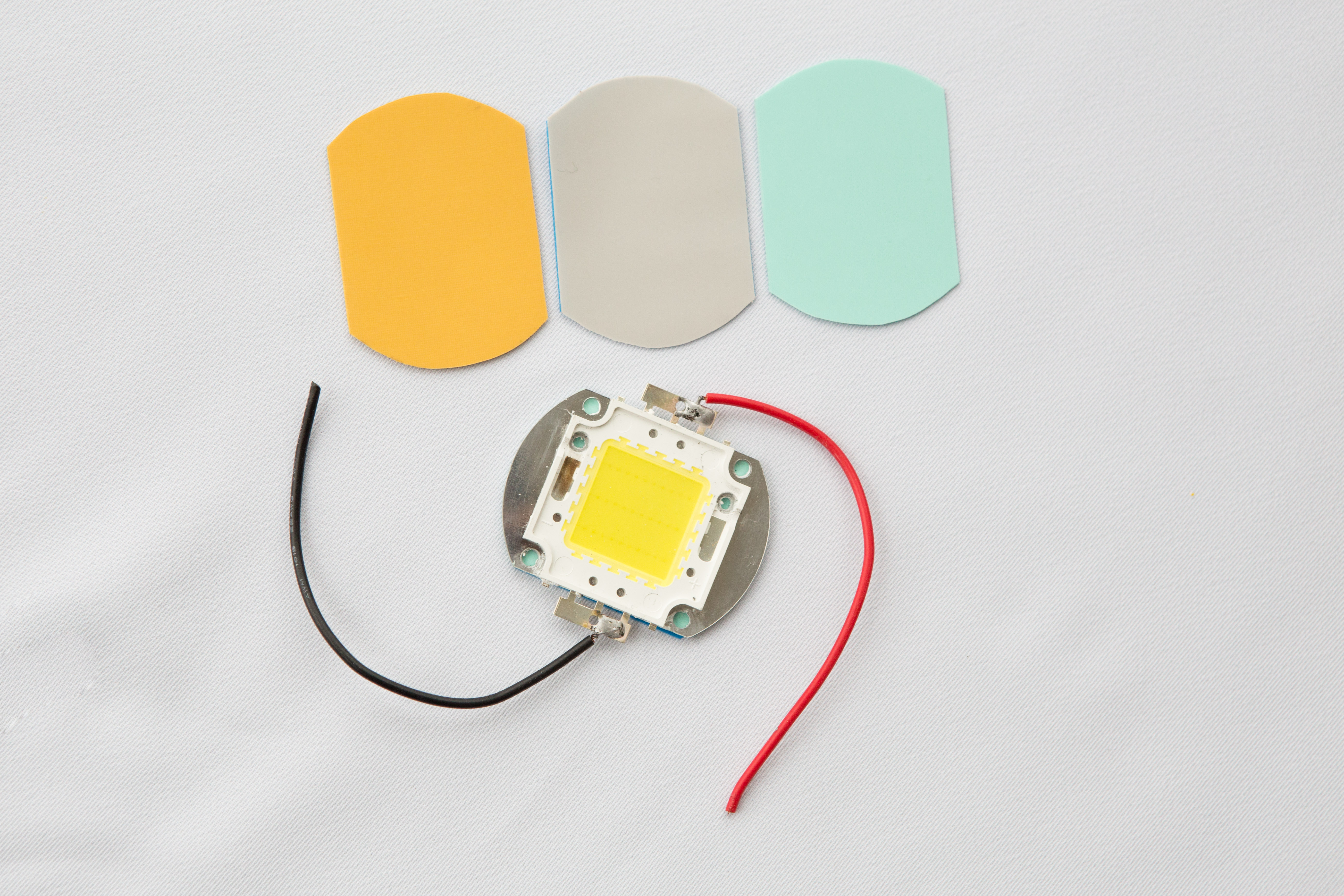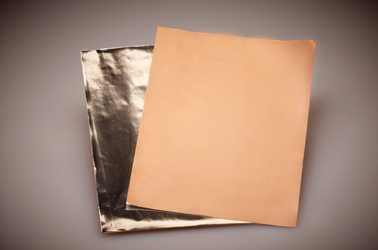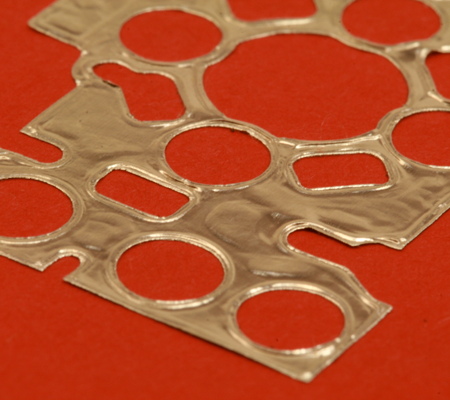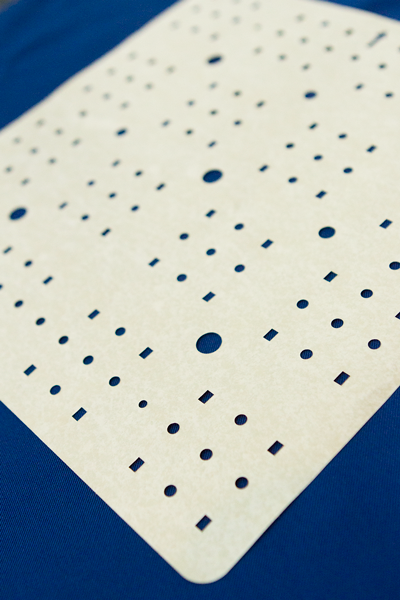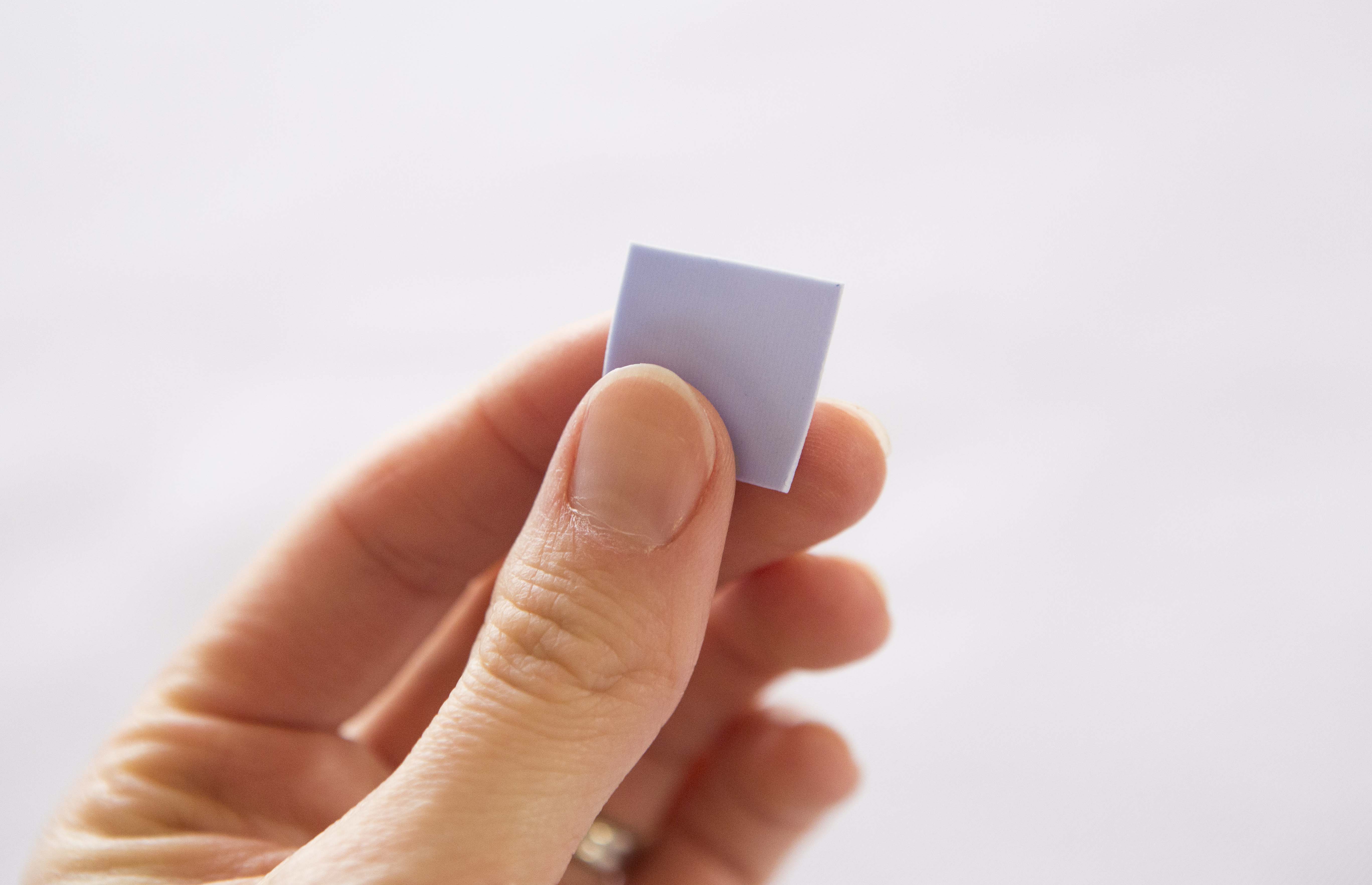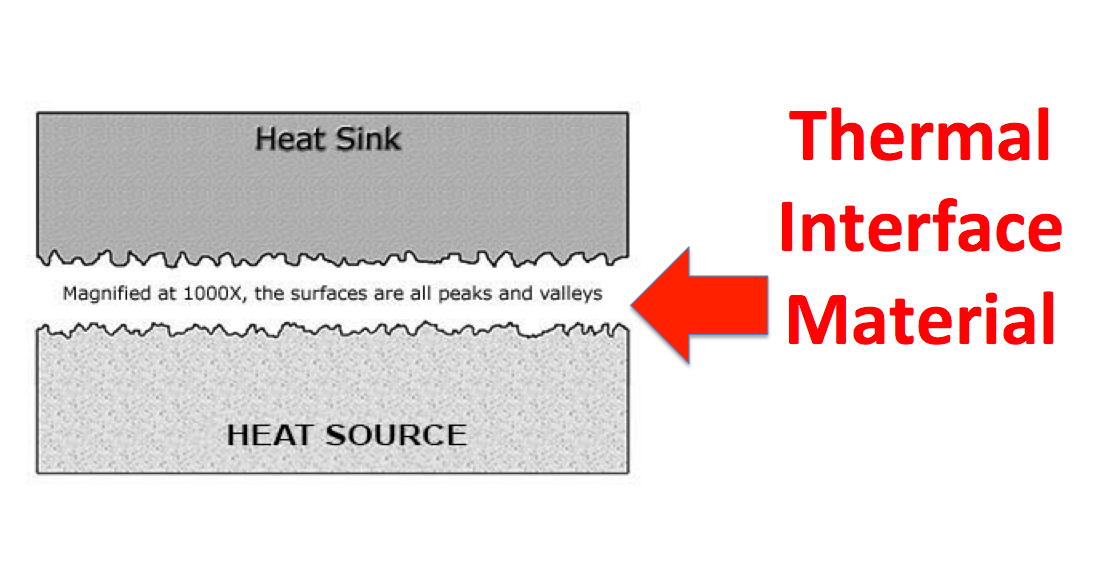Thermally Conductive Materials in LED Assemblies
Although LEDs are considerably more efficient than traditional lighting forms, they do still produce heat. This heat can have an adverse effect on the LED and therefore must be managed to ensure the true benefits of this technology are realized. If excessive junction temperatures are reached, particularly above the maximum operating temperature of the LED (~120-150˚C), a non-recoverable effect could occur, leading to complete failure. Operating temperature is directly related to the lifetime of the LED; the higher the temperature, the shorter the LED life.

